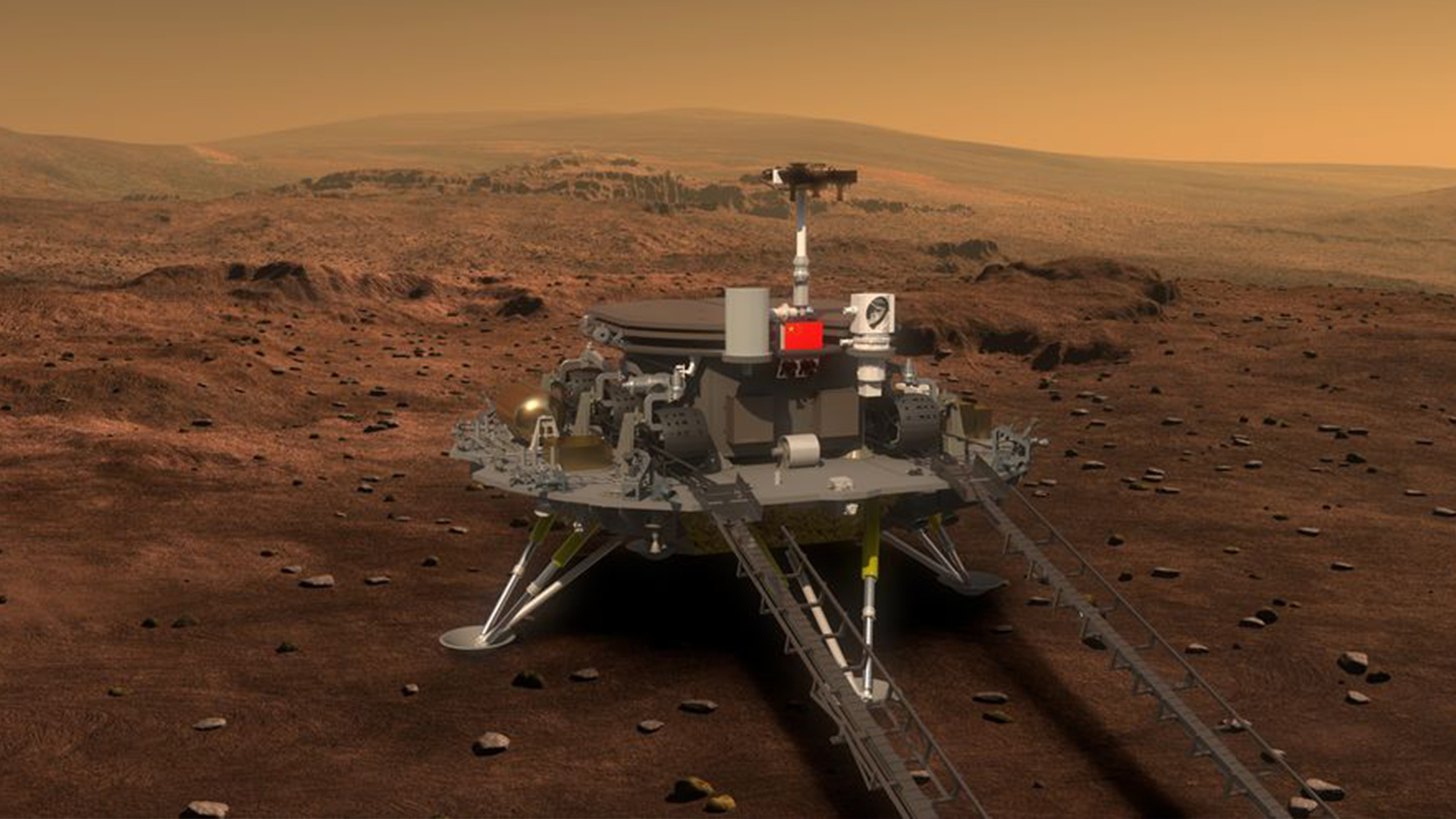4 years ago

China's 2020 mission to Mars, Tianwen-1, aims to send a probe to orbit the planet and also land a rover on its surface. As with other Mars missions run by NASA and the United Arab Emirates this year, China's mission is scheduled to launch between July and August 2020, and begin operation at Mars by February 2021.
The Name
The name comes from a long poem called "Tianwen." It means "questions to heaven," and was written by Qu Yuan, a Chinese poet and politician, who lived in about 340-278 BC. He is considered one of the greatest poets of ancient China.
China's news agency, Xinhua, writes that Qu Yuan raised a series of questions in the poem "Tianwen," involving the sky, stars, natural phenomena, myths and the real world, showing his doubts about some traditional concepts and the spirit of seeking the truth.
A first for China
Tianwen-1 will be China's first mission to Mars. It will be an attempt to observe the planet from orbit and the ground in one go. It follows China's successful landing on the "dark side" of Earth's moon little over a year ago (January 2019).
The mission has been described as ambitious, not least for its including an orbiter and a Mars rover, but also because it's taken China a mere six years from the initial planning and mission design to launch in July 2020.
Tianwen-1's launch window
The current scheduled date of departure is July 23, but the launch could run through to mid-August 2020, depending on launch conditions, which can be affected by bad weather.
Where's the launch site?
Wenchang Spacecraft Launch Site, Hainan, China.
What's it riding on?
The "launch vehicle" is one of China's own heavy-lift rockets in the Long March 5 series.
When will it arrive?
Current projections would have the orbiter and lander above and on Mars by February 2021.
Where will it land?
In late 2019, China was focusing on two preliminary landing sites near Utopia Planitia, Mars.
Why launch now?
Every 18 to 24 months, Earth and Mars align in such a way that the journey — or trajectory — is effectively shortened from a nine-month trip to a seven-month trip. Failing to launch during this "launch window" would mean the mission would have to wait another two years.
There is a lot of competition out there, with the UAE, USA and others such as India and Israel eager to demonstrate their capabilities for space exploration.
But for China, it's also about marking the country's 50th anniversary as a spacefaring nation.
Zhang Kejian, who heads China's National Space Administration (CNSA), has told Xinhua reporters that over the past 50 years, Chinese space engineers and scientists had overcome various difficulties and achieved aerospace development through self-reliance and independent innovation.